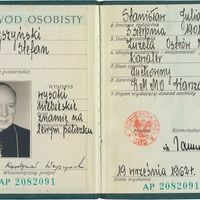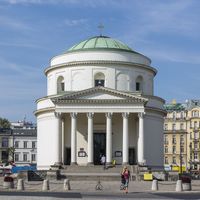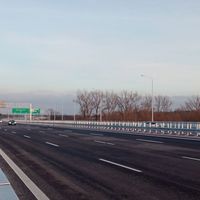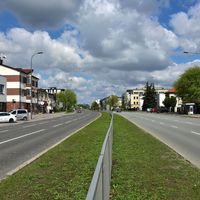Wilanów
7.07

Overview
Wilanów is a district of Warsaw located on the left bank of the Vistula River. Until 1951, it was the seat of a rural municipality of the same name. Divided into eight areas, such as Wilanów Wysoki, Wilanów Niski, and Powsin, it borders the districts of Ursynów and Mokotów, as well as the municipality of Konstancin-Jeziorna. The history of Wilanów dates back to the 13th century when it was originally known as Milanów. From 1338, it was owned by Prince Trojden and later passed into the hands of various noble families, such as the Milanowskis, Leszczyńskis, and Potockis. In 1677, the manor in Milanów was purchased by John III Sobieski, and in 1720 by Elżbieta Helena Sieniawska. Wilanów gained cultural and architectural significance after the construction of a palace in the 17th century, known as the Villa Nova residence, which influenced the change of its name. After World War II, the palace became a branch of the National Museum in Warsaw and now operates as the Museum of King John III's Palace at Wilanów. It is also worth noting that during the German occupation, labor camps for Jews and Soviet prisoners were established here. Wilanów is also known for its single-track tram line, launched in 1937, connecting Sadyba with Wilanów, highlighting its transport development. In 2005, the "Południe" wastewater treatment plant was opened, serving as an important piece of infrastructure for the residents of southern Warsaw. With its rich history, architecture, and cultural significance, Wilanów is an essential part of Warsaw.
Location
Tickets
Powered by GetYourGuide
You can also find here:

Wilanów Palace
7.43
Wilanów, Warsaw

St. Elizabeth's Church in Warsaw
7.09
Wilanów, Warsaw

John Paul II and Primate Wyszyński Museum
7
Wilanów, Warsaw

The Temple of Divine Providence in Warsaw
6.84
Wilanów, Warsaw

Polish Academy of Sciences Botanical Garden – Center for Biological Diversity Conservation in Powsin
6.67
Wilanów, Warsaw

Kabacki Forest Nature Reserve named after Stefan Starzyński
6.45
Wilanów, Warsaw

6.24
Wilanów, Warsaw

St. Anne's Parish in Warsaw
6.19
Wilanów, Warsaw

Morysin Nature Reserve
6.17
Wilanów, Warsaw

Wiertnicza Street in Warsaw
6.16
Wilanów, Warsaw
2025 Wizytor | All Rights Reserved